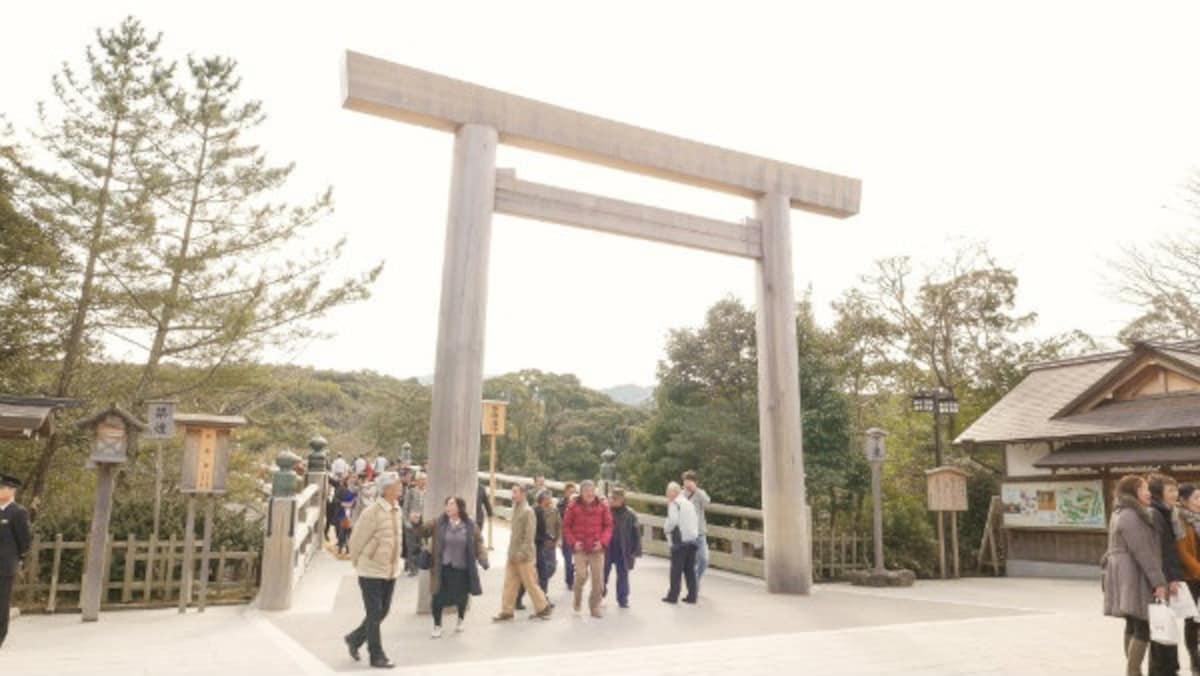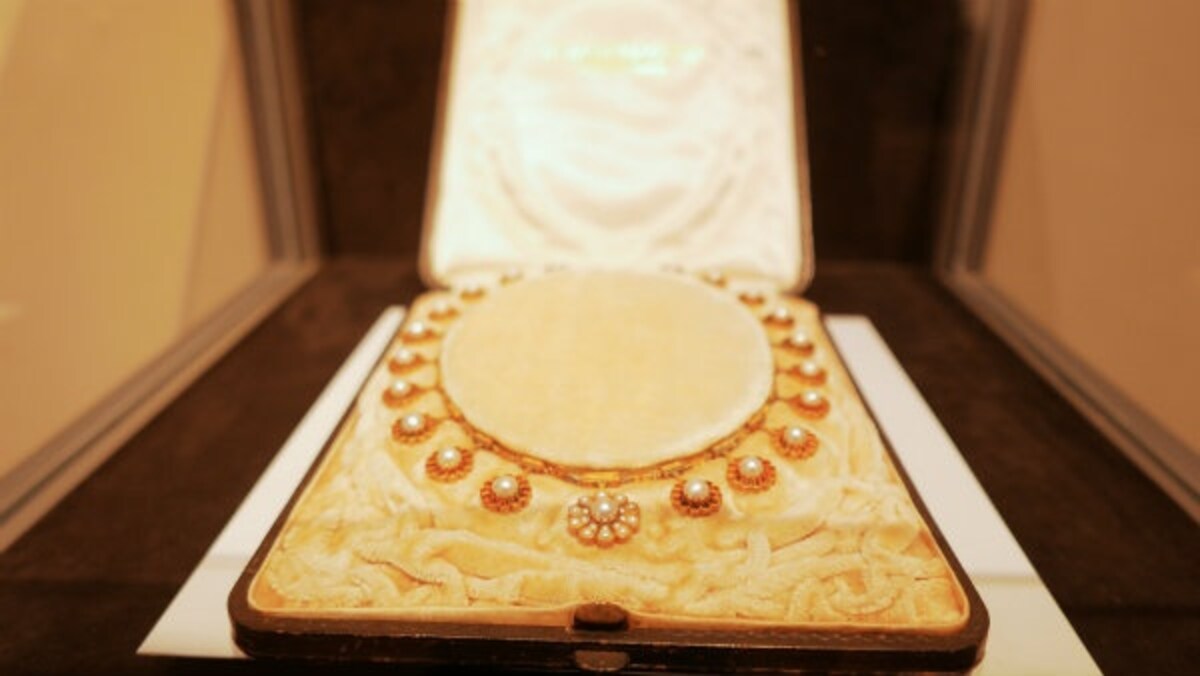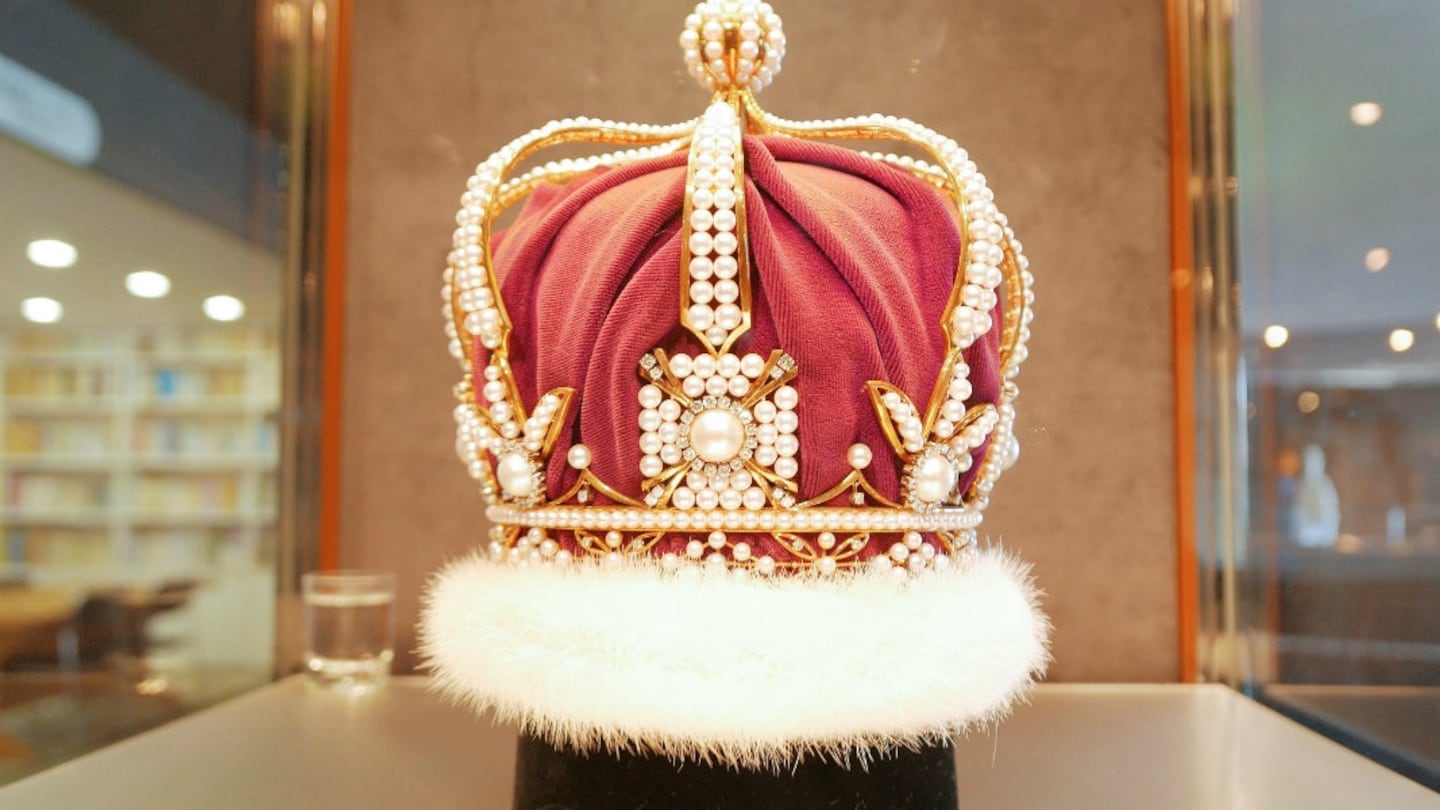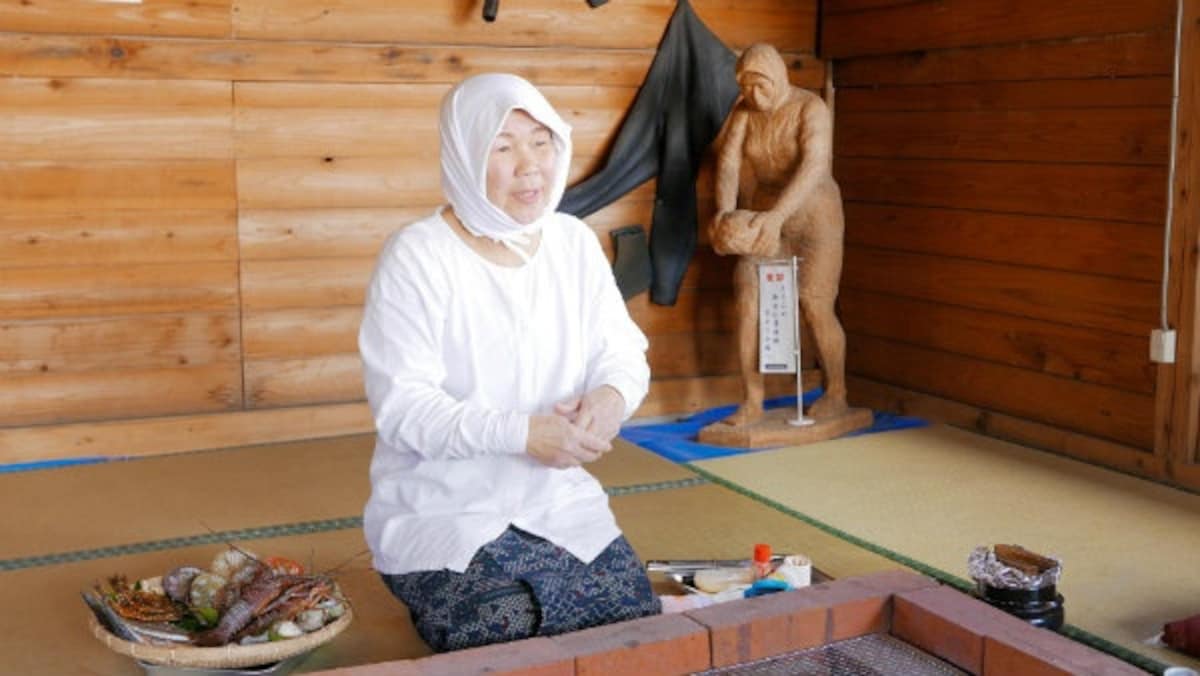Treasures on Land, Riches from the Sea
Swathed in white, the modern-day mermaid dives beneath the surface of the glittering sea, feet together and toes pointed as neatly as any synchronized swimmer.
By Highlighting Japan
http://www.gov-online.go.jp/eng/publicity/book/hlj/html/201604/201604_12_en.html
A minute later she breaks the surface, her whistling cry echoing in her wooden bucket as she triumphantly holds her prize aloft—an abalone the size of a hand—before depositing it in her cache and plunging back down to seek more treasures.
The coastal area of Ise-Shima is awash with myths and traditions, from the fishing grounds of female free divers called ama to Ise Jingu, one of Japan’s three most revered shrines, said to be home of Amaterasu-Omikami: sun goddess, ruler of the heavens, and the direct ancestor of the Imperial family.
Encompassing the cities of Ise, Shima, Toba and part of Minami-Ise, the entirety of Shima Peninsula is a national park located at the southeastern end of Mie Prefecture. The region is a stunning exemplar of rural Japan, rich with the bounty of the Pacific Ocean, fantastic folklore and breathtaking natural scenery. It’s no wonder the area was chosen to host the 2016 G7 Summit.

http://www.gov-online.go.jp/eng/publicity/book/hlj/html/201604/201604_12_en.html
Ise Jingu, located in Ise City, has a history stretching back to the third century and stands as the head of all Shinto shrines in Japan. The shrine precincts cover 5,500 hectares—or about a quarter of the city’s land—and encompass 125 Shinto shrines collectively referred to as Ise Jingu. When crossing Uji Bridge, it’s said that the visitor leaves the human realm and enters the land of the gods.
The areas around the shrine have long served shrine-goers in need of respite after a long pilgrimage. The Oharaimachi and Okage Yokocho areas bustle with customers, shops standing cheek by jowl under fluttering noren curtains and handsome ceramic-tiled roofs bearing family crests and other symbols. Vendors in aprons hawk orderly stacks of local products—shellfish, seaweed, pottery, baskets and more are on offer here. Beckoning mascots such as maneki-neko cat and okage inu dog figurines—the latter based on a dog said to have made a pilgrimage to Ise in place of his master during the Edo Period (1603-1868)—offer a bit of luck you can take home.
https://www.youtube.com/watch?v=8UehIwer_Vs&feature=youtu.be
Here you can get Ise udon—fat, pillowy noodles smothered in a dark sauce made with all-natural dashi soup and a variety of locally made soy sauce called tamari joyu.
Those craving something sweet can head down the street to the iconic confectionery shop Akafuku. Famous nationwide, Akafuku has been making its signature mochi and red bean paste concoction for 300 years.
“This shop was started to serve people on their way to worship at the shrine,” says Akafuku’s Mari Kosaka. Akafuku opens at 5 a.m. and sells over 1,000 plates a day, with three morsels and a cup of hojicha (roasted green tea) costing just ¥290. Patrons can relax in the teahouse overlooking the river, or keep warm around old-fashioned charcoal braziers. The treats, which are made by hand onsite, are shaped in homage to the scenery of the shrine. “The red bean paste represents the flowing Isuzu River,” Kosaka says, “while the mochi represents the pebbles of the riverbed.”
https://www.youtube.com/watch?v=ai-zPEF1u30&feature=youtu.be
At the Kannamesai, Ise Jingu’s most important festival, 31 types of food and drink (including 16 types of seafood) are offered to the sun goddess. To learn the history of the people that harvested them, you can visit the Toba Sea Folk Museum in nearby Toba City. Museum curator Daizo Hiraga explains that there’s a deep connection between the sea and the people of the region, which is reflected in the sea bounty offered to the gods at the shrine. “A specialty of Mie Prefecture is that you can get just about any kind of seafood here,” says Hiraga.
The museum also explores the history of the ama, the characters for which literally mean “sea woman.” Hiraga relates that the recorded history of these intrepid women dates back at least 1,000 years, although it’s not clear why ama have tended to be women. Some say it’s because they have a higher body fat percentage and thus don’t get as cold when diving. Hiraga says there’s also a theory that long ago someone related to Ise Jingu decreed that the abalone divers be women, and the tradition held. Whatever the reason, it’s a proud profession that women have dominated for more than a millennium.

http://www.gov-online.go.jp/eng/publicity/book/hlj/html/201604/201604_12_en.html
Collecting all that shellfish sometimes brings a special bonus; ama are also closely associated with pearl diving, since the shellfish they harvest occasionally yield these aquatic gems—though a decently-sized pearl is found in only one of tens of thousands of shellfish. Although the modern method of pearl cultivation means that ama are no longer major players in the pearl industry, you can still see a tribute to the ama’s contribution in the form of an ama performance at Mikimoto Pearl Island. The island, located just off mainland Toba City in Ise Bay, was originally used as a testing ground in the early days of pearl cultivation technology. Now it hosts a museum, shop, restaurant and the ama show, all dedicated to the wonders of pearls and the creatures that produce them.
At Satoumian in Shima City, a seaside wooden hut that offers a taste of the ama experience, you can talk to the divers while eating a lunch of freshly grilled seafood. Veteran ama Kimiyo Hayashi, who’s 61, has been diving since she was 15. “My grandmother and my mother were ama before me,” she explains as she places just-gathered awabi (abalone), Ise ebi (Ise lobster), and sazae (horned turban shell) on the fire.
Dives take place twice a day when the weather is fair, and the sessions last longer in the long days of summer. Although divers do have special costumes and tools they use to gather their haul, they do not use breathing equipment. Instead, they hold their breath as they dive down 10 meters (33 ft) or more. The conditions sound potentially treacherous, and yet Hayashi tells us the oldest diver in her group is in her 80s, while the youngest is 22. “I’m doing work that I love, and my family doesn’t worry,” she says. “Being in the ocean all the time is pure fun. I love the sea, so I’d even do it for free.”





